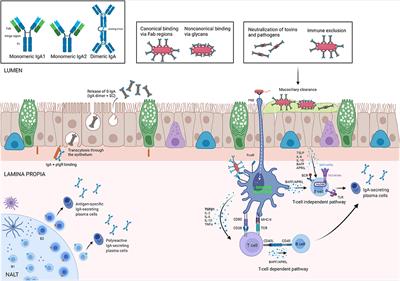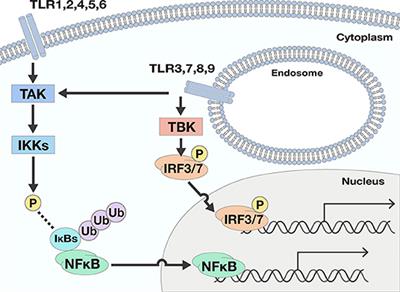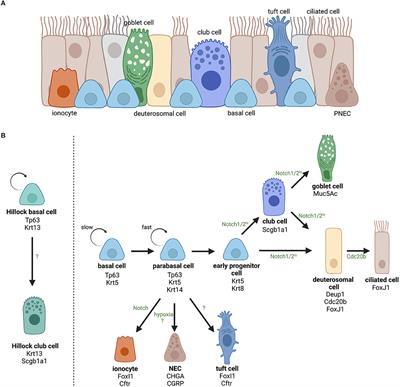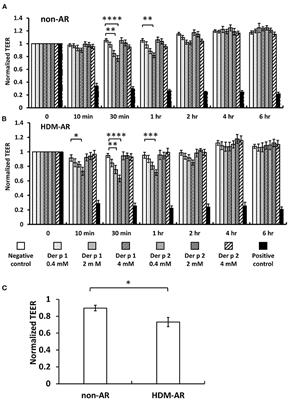REVIEW
Published on 09 Mar 2022
The Role of IgA in Chronic Upper Airway Disease: Friend or Foe?

doi 10.3389/falgy.2022.852546
- 9,181 views
- 19 citations
7,104
Total downloads
39k
Total views and downloads
REVIEW
Published on 09 Mar 2022

REVIEW
Published on 22 Nov 2021

REVIEW
Published on 19 Nov 2021

ORIGINAL RESEARCH
Published on 03 Aug 2021
